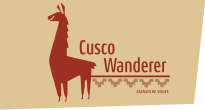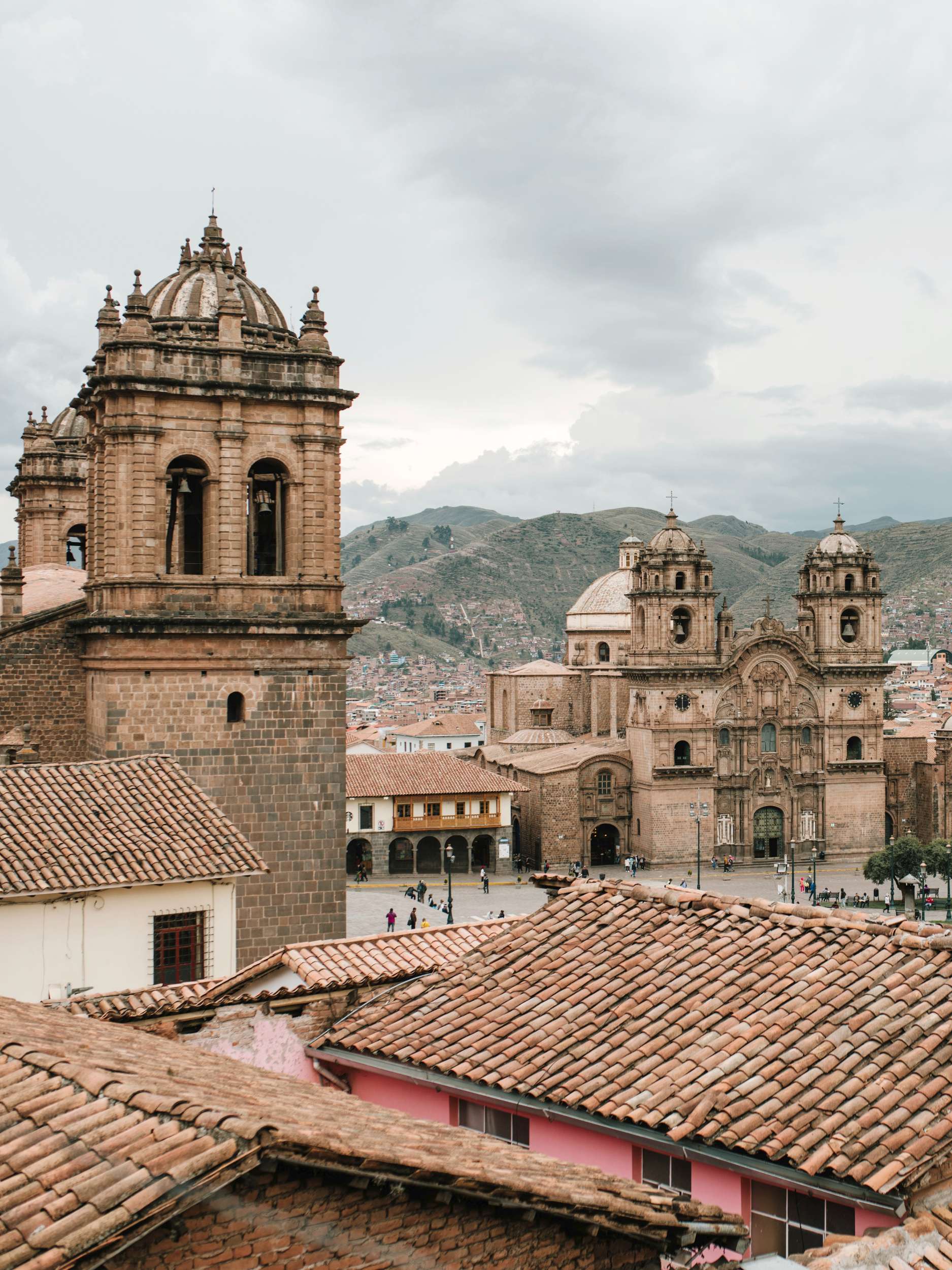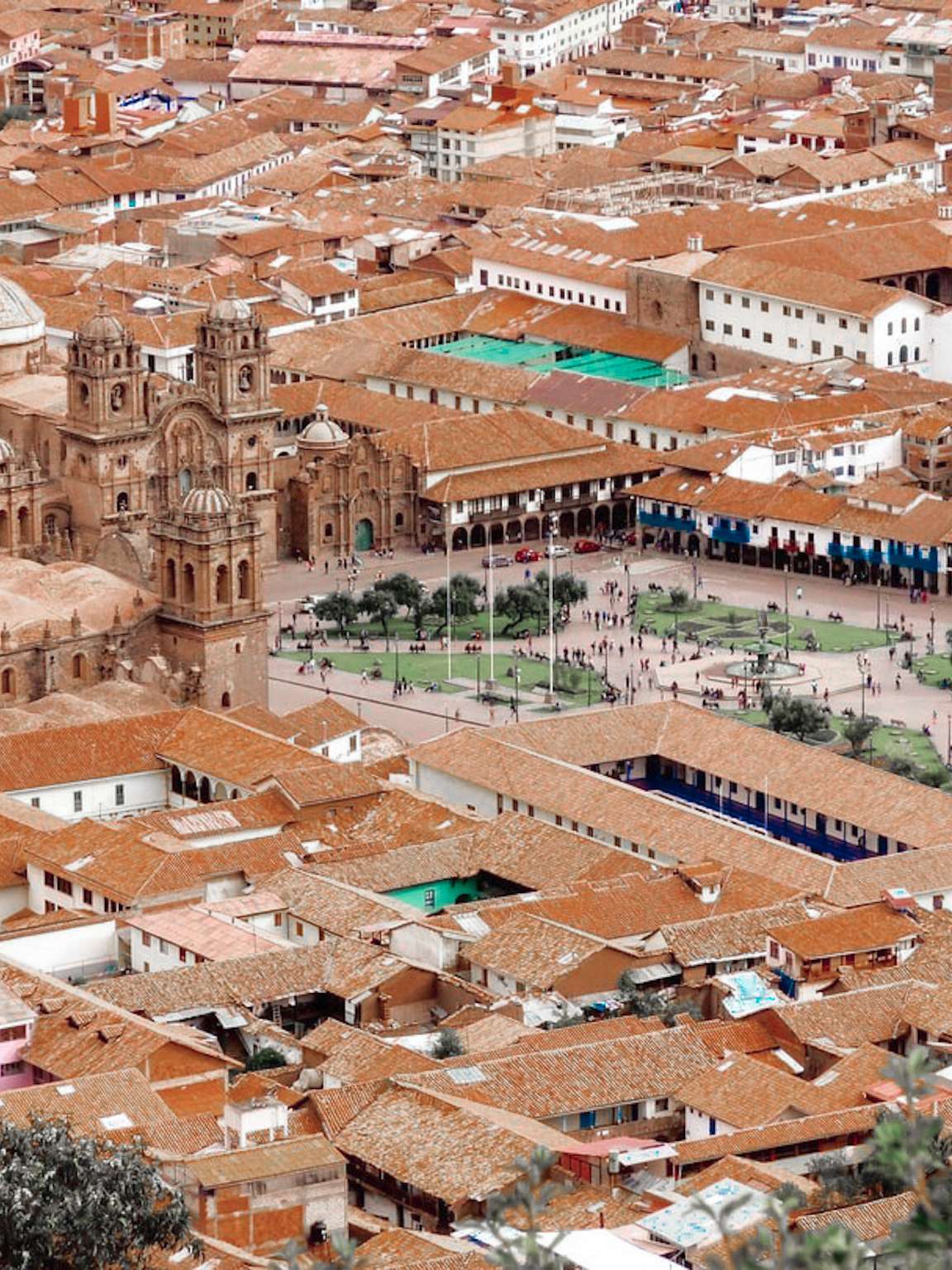Your cart is currently empty!
City tour of Cusco
The Cusco City Tour allows you to explore the Coricancha Temple, Sacsayhuamán, Qenqo, Pucapucara, and Tambomachay, key sites of the ancient Inca Empire. It’s the perfect tour to discover Inca history and architecture around Cusco.
Description
We take you by bus to the Coricancha temple, the most important temple during the Inca Empire, then we will continue with Sacsayhuaman, the most amazing Inca stone. Then we continue to the caves of Qenqo. Where the Incas performed their sacrifices for their gods. It could also be a chamber of human sacrifices that Incas carried out human sacrifices as well. Then we continue to Pucapucara a red-colored construction that the Incas used as a point of control. The last one to visit will be Tambomachay where you will find beautiful water sources where the Inca king used to spend his days of relaxation and meditation. In the end, we will return to Cusco around 2:00 p.m. It is a tour that will help you to understand better The Inca Capital of Cusco and its surroundings, and it is also a preamble to begin to know everything we have as a city.
Starts: 9:00 a.m. or 2:00 p.m.
Ends: 2:00 p.m. or 7:00 p.m.
- INCLUDES:
- English speaking guides
- Transportation
- NOT INCLUDED:
- Breakfast
- Lunch
- Tourist Ticket
- Coricancha Entrance
Coricancha, from the Quechua words “Quri” (gold) and “Kancha” (enclosure or temple), known as the “Golden Enclosure,” was the most significant temple during the Inca Empire. It was commissioned by the Inca Pachacutec, who initiated the empire’s expansion. The temple was constructed using high-quality stonework—green diorite, red and gray andesite—and decorated with massive gold-plated walls and elaborate gold and silver artifacts, serving as a central political-religious site. A unique system of imaginary lines, known as “ceques,” was used to design this center of power and extend its influence.
The ceques consisted of forty-one radial lines originating from the Golden Enclosure, organizing religious worship and urban planning across the region, with over three hundred sacred sites (huacas) extending beyond a ten-kilometer radius. These huacas, often water sources, hills, or other sacred places, were sites of astronomical observation. A priesthood of guardians at Coricancha documented and interpreted this celestial information to guide rituals, offerings, and the timing of ceremonies, effectively creating a state government influenced by cosmic movements.
Coricancha was perhaps the most iconic structure of the Inca era, containing small temples dedicated to various deities. After the Spanish conquest, much of it was destroyed to build the Santo Domingo convent in 1540, though parts of the original architecture remain. Built on a small hill to avoid the swampy terrain of ancient Cusco and to be closer to their deity, the Sun, Coricancha features carved terraces adorned with life-sized representations of native plants like quinoa, potatoes, and corn, as well as fountains for ceremonial use.
Within Coricancha, temples dedicated to the rainbow, thunder, moon, and stars reflect the diverse Inca pantheon. The temple aligns with significant solar events such as the sunrise on June 21 and the solstice on December 22. A sacred trapezoidal doorway between the Temple of the Moon and the Temple of the Stars mirrors the sun’s path. At the heart of Coricancha lies a square where water ceremonies were performed around a stone basin crafted by indigenous artisans. In the room dedicated to the Sun, a pure gold statue of the supreme god was said to shine upon the city on sacred days.
Coricancha’s architecture, where each stone was meticulously placed without mortar, symbolized the unity and shared vision that characterized Inca society. It remains one of the most stunning temples from the Inca period.
According to the chroniclers, Cusco was designed following the representation of a puma. Sacsaywaman, “satisfied puma” in Quechua, was the head of the sacred animal and the highest expression of the hanan sector (high Cusco), where public ceremonies were held. Surrounded by the apus (sacred mountains) Pachatusan, Ausangate, and Cinca. It was made up of terraces, cemeteries, shrines, ritual fountains, artificial lagoons, tanks, slides or rollers, astronomical observatories and underground passages, according to the legends of the locals, leading to the Qoricancha, which would come to be the belly or genitals of the puma. In 1983, Cusco and Sacsayhuamán together were designated as sites on the UNESCO World Heritage List, for international recognition and protection.
Some stone steps lead to the top of the rock, where there are more enigmatic carvings: the zig-zag channels (p’aqchas) that give the place its name, which were used to carry chicha, or perhaps sacrificial blood, for purposes divination; and a pair of thick studs, reminiscent of bollards used to tie up an unfamiliar ship. To the left (west) of these studs, on the edge of the outcrop, look for the carved figure of a cougar and a now headless bird, perhaps a condor. Towards the eastern edge of the rock stands a foot-tall carved house. At the end of this immense rock, there are several pieces that were used in astronomy activities that calculated the next feast of the sun. They were facing the direction of sunrise. Qenqo chico, the Qenqo outcrop is also heavily carved at the top and is surrounded by a thin retaining wall.
Towards the western side of the complex there is the facade of the architectural complex, on a free area like a small square, on the opposite side of the building it rises to a considerable height from the floor due to the unevenness of the terrain. Its location is always optimally convenient, it dominates a large territory and there was clearly communication with the Tambomachay tower, which is one km away. In Pukapukara there are enclosures, interior squares, baths, aqueducts, watchtowers and an easily recognizable old road. The buildings are made of medium to small stones, the external surface of the polyhedra is slightly rough unlike other architectural groups. The urban layout is extremely adequate and functional.
As its name implies, this place was a resting area for the Inca. There, he would go hunting for pleasure, as deer were common in the surrounding areas. The Inca asked them to bring water from this fountain to the city, to drink it for its healing qualities and because it was said that it was also a fountain of youth. The set is preceded by a solid wall made of large well-fitted stones with a somewhat rough surface. In front of the main building, on the eastern side of the complex, there is a tower with a circular plan, unfortunately it is incomplete in its upper portion, due to its location, whoever sees it, categorically believes that it had defense and communication purposes.
Additional information
| Tour Type | Group, Private |
|---|

Tours in Cusco




Reviews
There are no reviews yet.